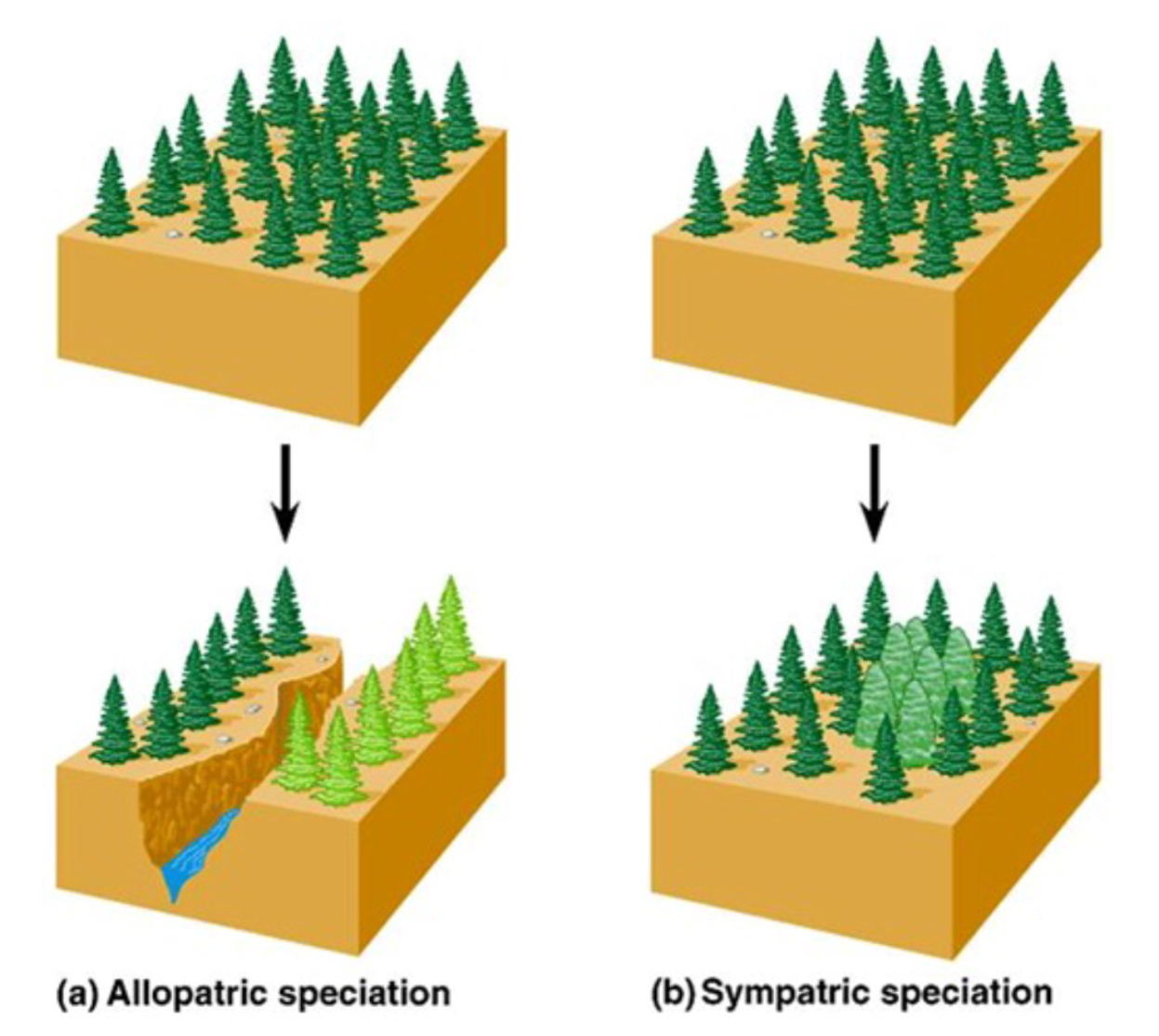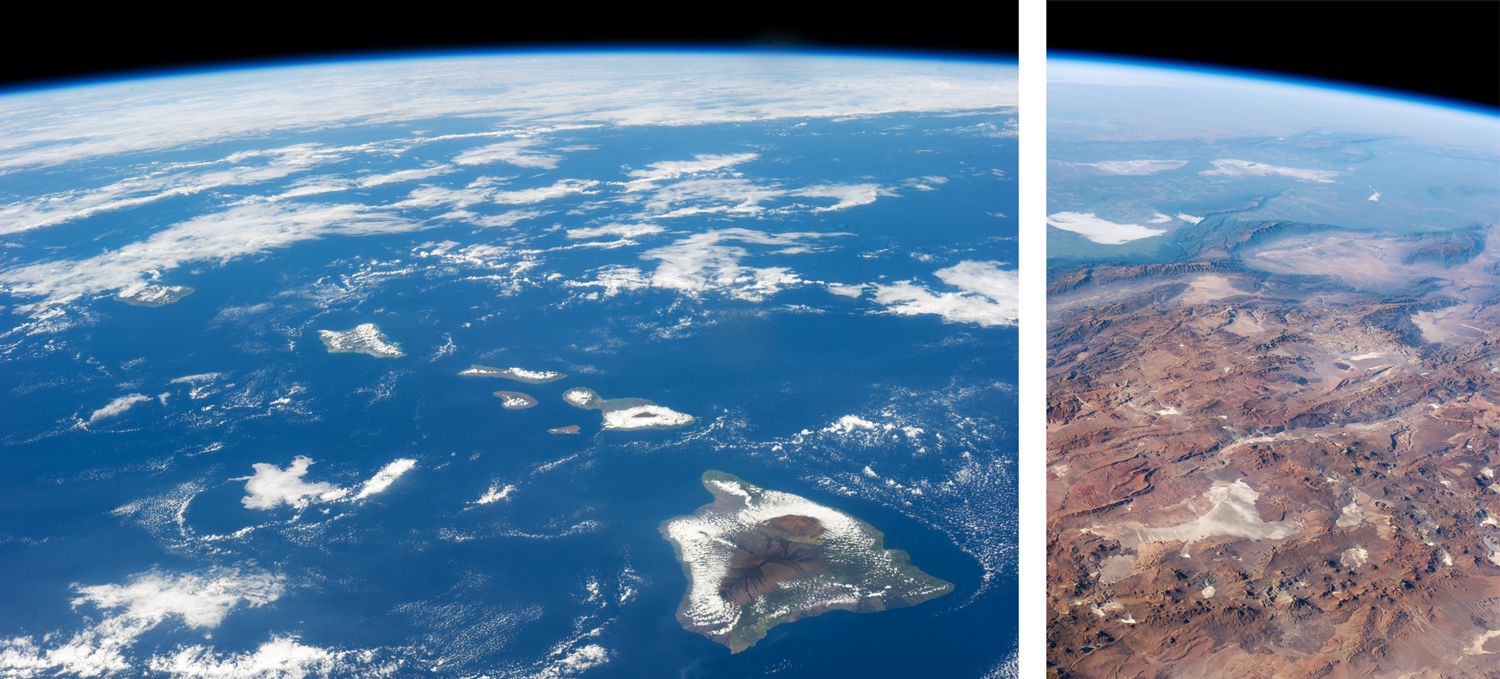

By reducing the costs of thermoregulation, ecological opportunity on islands may actually stymie, rather than hasten, physiological evolution. Greater thermoregulation on islands may occur due to ecological release from competitors and predators compared to mainland environments. Correspondingly, body temperature is higher and more stable on islands than on the American mainland, despite similarity in thermal environments. Higher optima and slower evolution in upper physiological limits are consistent with the Bogert effect, or evolutionary inertia due to thermoregulation. Additionally, island species evolve toward higher optimal body temperatures than mainland species.



Contrary to expectation, we discovered slower heat tolerance evolution on islands. Here, we leveraged the physiological diversity and species richness of Anolis lizards to examine the evolutionary dynamics of three key traits: heat tolerance, body temperature, and cold tolerance. Although adaptive radiation proceeds along various phenotypic axes, the island effect of faster evolution has been mostly tested with regard to morphology. In particular, the magnitude of these would-be false positives (3-fold rate differences) also highlights that seemingly large effects are also vulnerable to being false positives.Phenotypic evolution is often exceptionally rapid on islands, resulting in numerous, ecologically diverse species. These cases of would-be false positives points to the importance of accounting for rate heterogeneity, in particularly incorporating appropriate null models (i.e., no rate variation is generally an unrealistic null). The first being comparing rates of morphological evolution between the mainland and islands and the second, comparing rates morphological evolution between dispersal and in situ speciation modes (these results are detailed in the Supplemental Materials). We show two examples in which accounting background rate variation (i.e., rate variation not attributable to the discrete character) prevented would-be false positives. As the title suggests, we comprehensive found no signal of "island effects" on the rates of speciation or morphological evolution. Lastly, we compared evolutionary rates among the the four major islands (Cuba, Hispaniola, Jamaica, and Puerto Rico). In addition to this base comparison, we also compare evolutionary rates between Caribbean island anoles that dispersed to their host island (dispersal-based speciation) and those that arose in situ ( in situ speciation). We revisit a classic mainland versus island framework, comparing rates of speciation and morphological evolution between mainland and island anoles. Martha Muñoz and I recently published a new paper in Systematic Biology - Ecological opportunity from innovation, not islands, drove the anole lizard adaptive radiation.


 0 kommentar(er)
0 kommentar(er)
